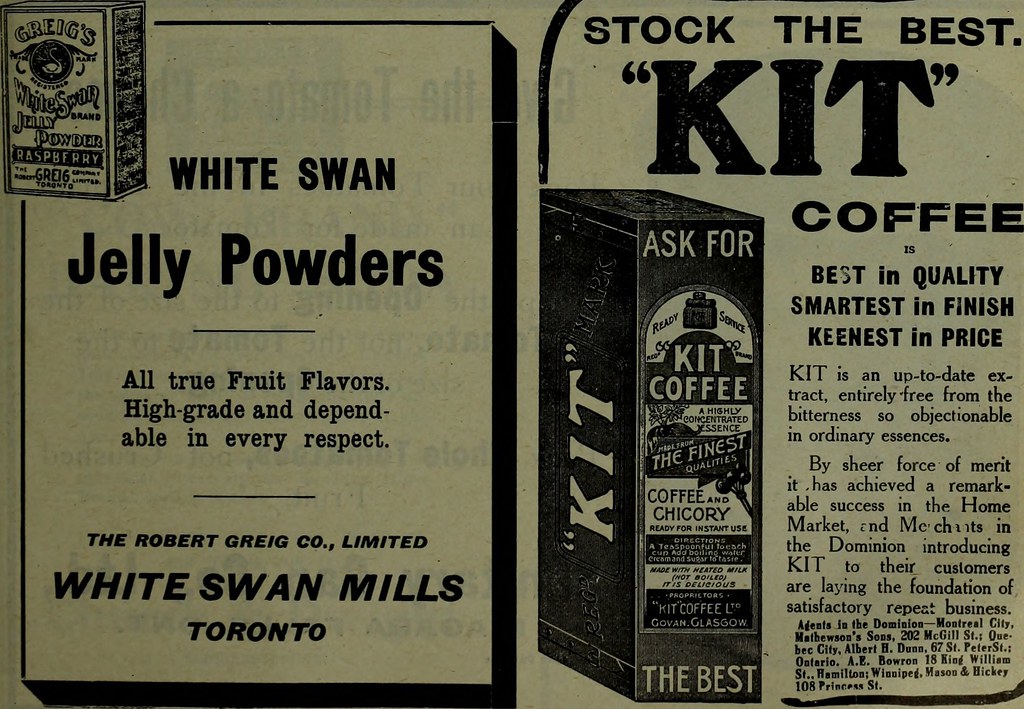You have probably heard of plastic, aluminum, glass, and stainless steel, but did you know that there are other materials you can use to store liquids? Read about these materials and their uses. Plastic or aluminum liquid containers may be your best choice, depending on what you need to keep. Let’s look at some common types of liquid containers and why you should choose them.
Disposable
Disposable liquid containers come in a variety of shapes and sizes. Depending on their size and form, some of these containers may be used for liquids and solids. A disposable liquid container or sprayers for bottles is an example of reusable fan equipment. An adjustable coupling mechanism connects this device to the aperture of a disposable liquid container. Snap-on or snap-off connection mechanisms are available. Disposable liquid containers have openings that range from 1/2-inch to 2 inches in diameter.
A flexible liquid container has a fluid compartment defined by flexible walls. This compartment can be designed for infant feeding and is surrounded by a semi-rigid support membrane. The inner sleeve is slidable so that the fluid can flow to the nipple through the access passageway. The semi-rigid support member can be configured to have a rigid opening to open when necessary to access the liquid.
Plastic
Although plastic containers have several advantages, they are not very eco-friendly. While their production and usage are highly beneficial, the material is extracted from crude oil, a fossil fuel. This means that the demand for plastics globally has adverse effects on the environment. To reduce these effects, manufacturers must consider recycling their products.
PP: PP is a common choice for food packaging, as it is lightweight and resistant to heat. It can also be colored or molded to any shape or size and is highly resistant to UV light and oxidation. In addition, its color is almost indistinguishable from other plastics, and its transparency makes it a versatile material. It also has excellent chemical resistance and flame retardancy, so it’s a perfect choice for beverage bottles.
Aluminum
There are several benefits of using aluminum liquid containers. These bottles are lightweight and durable, perfect for traveling and hiking. They can also chill under refrigeration. And because they’re made of aluminum, they’re environmentally friendly. So if you’re considering switching to a greener packaging solution, aluminum is the way to go. All of them make great packaging for any liquid product. They’re also very inexpensive.
First, there are fewer health risks associated with aluminum. Although it’s not toxic in and of itself, aluminum in water bottles can contain bisphenol-A, which has been linked to health risks. You don’t want to drink this substance, as it can damage your body’s barriers and contaminate your food. So, you may want to switch to other options. Aluminum water bottles with BPA lining may not be safe for you, but they’re eco-friendly.
Stainless steel
Metal containers are great for storing liquids or other foods. They are freezer and refrigerator safe, making them an excellent option for lunches and leftovers. Stainless steel containers are oven-safe for baking or cooking. Choose containers made of stainless steel. Here are some benefits of this material.
Stainless steel is excellent for corrosion protection, but the exact type of container you choose should depend on the chemicals and liquids you store in them. Stainless steel is a blend of several elements, including chromium, nickel, and carbon. The carbon is mainly non-reactive, but the chromium makes steel solid and durable. As a result, it is ideal for storing foods, chemicals, and beverages. And because stainless steel is easy to clean, it is the perfect choice for various applications.
Glass
When shopping for a liquid container, you will often see many different types. Each type has slightly other purposes, but they all have advantages and disadvantages. Here’s a look at a few of the most common types of liquid containers and how to tell the difference between them. Generally speaking, liquid containers are made from plastic. For instance, plastic bottles transport and store liquids, whereas glass bottles are made for food.
Glass storage containers are popular for several reasons. First of all, they are almost indestructible. They are shatterproof and last a long time. Additionally, their clear nature makes it easier to identify the type of food in them. And, unlike plastic, glass containers can withstand a wide range of temperatures, from -40 degrees Fahrenheit to over 200 degrees Fahrenheit. That makes them great for storing everything from food to beverages.
Insulated
You’ve probably heard of insulated liquid bottles. Since the early 1900s, insulated bottles have become extremely popular with outdoor enthusiasts, campers, and hikers. Baby bottles, too, have been designed with insulated features. Here’s how they work. The top of an insulated bottle is blow-molded, and a small hole is punched in it to allow liquid to flow out. Insulated liquid bottles are great for keeping a variety of liquids cold or hot.
The material used for an insulating container is generally made of polymer. The polymer can be used on the inside or outside of containers. The outer layer protects the inner layer from the elements. The three interior layers are a base shell, a middle shell, and a top layer. They can pair with each other in a specified order to form an insulating Receptacle. These layers of protection prevent heat loss and condensation when filled with liquid.






